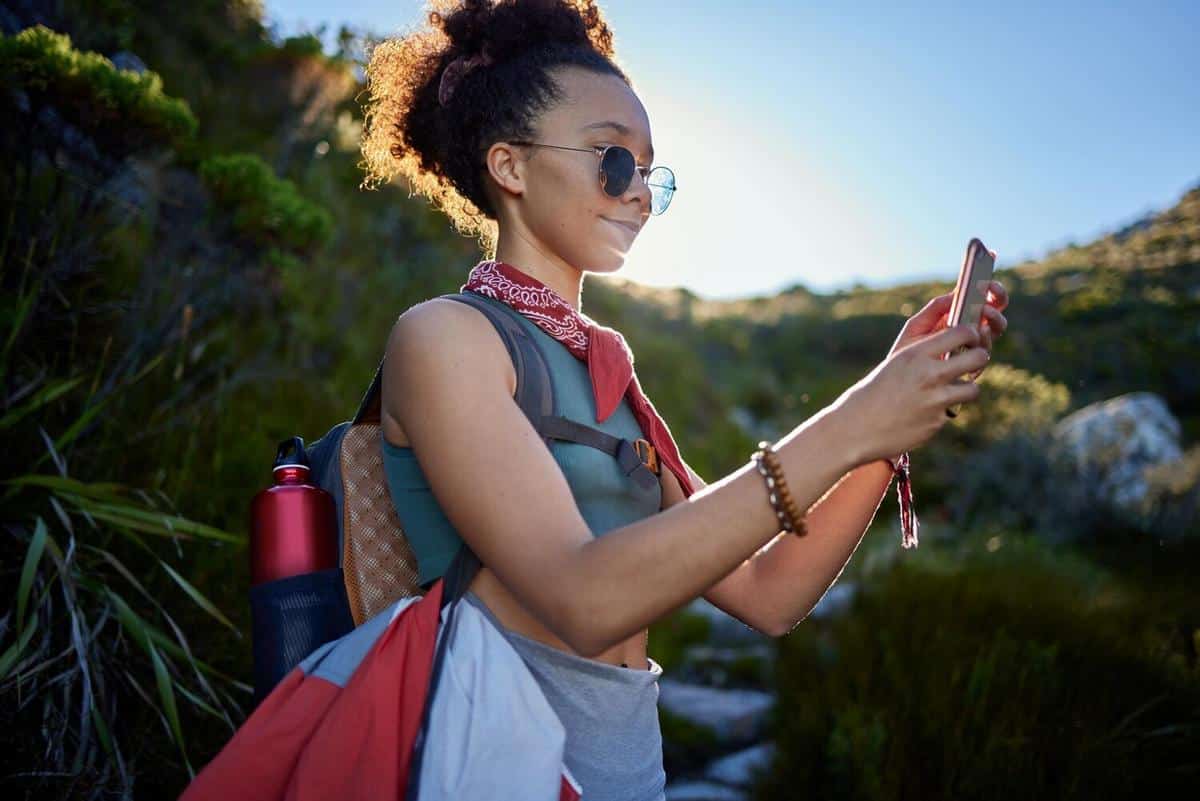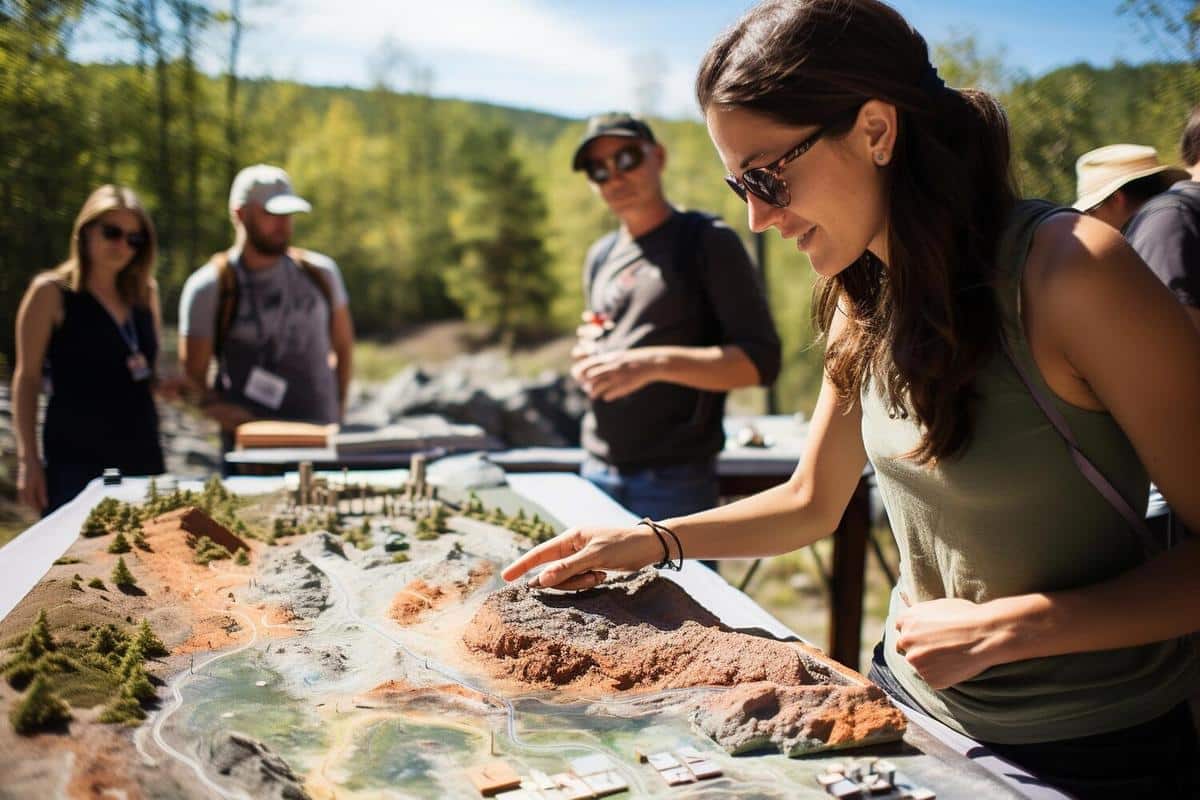
The Pros and Cons of Drone Photography in Tourism
In the evolving landscape of travel and technology, drone photography has emerged as a fascinating tool that allows tourists to capture breathtaking aerial views of their destinations. This novel approach to photography is reshaping how travelers document their adventures, offering unique perspectives that were once out of reach.
Drone photography in tourism is gaining momentum, offering both benefits and challenges. To navigate this landscape effectively, it’s crucial to examine the pros and cons.
Advantages of Drone Photography in Tourism
Unique Perspectives
Drones provide an unparalleled view of landscapes, giving tourists the ability to capture images from angles that are otherwise inaccessible. Aerial shots can highlight the grandeur of natural wonders or the intricate layout of urban centers.
Enhanced Storytelling
According to travel technology expert Mark Johnson, ‘Drones have revolutionized storytelling in tourism by allowing travelers to share their experiences in a more dynamic and engaging way.’ This ability to create compelling visual narratives enhances the travel experience and allows for deeper connections with audiences.
Cost-Effective
In the past, capturing aerial images required hiring helicopters or planes, which was expensive. Drones offer a relatively low-cost alternative, making aerial photography more accessible to a broader audience.
Challenges of Drone Photography in Tourism
Legal Restrictions
Many countries have strict regulations governing drone use. Travelers must familiarize themselves with local laws to avoid fines or confiscation of equipment.
Privacy Concerns
Drones can inadvertently invade privacy, capturing images of individuals without their consent. This has led to increasing scrutiny and calls for tighter regulations.
Technical Limitations
While drones offer exciting possibilities, they also come with limitations such as battery life and susceptibility to weather conditions, which can impact the quality and feasibility of photography.
Actionable Tips for Using Drones in Travel
- Research local regulations before flying your drone.
- Invest in a drone with good battery life and stability features.
- Be considerate of privacy and avoid flying over private property without permission.
Comparison: Drone Photography vs. Traditional Photography
| Aspect | Drone Photography | Traditional Photography |
|---|---|---|
| Cost | Moderate setup cost | Varies; generally lower cost |
| Perspective | Aerial views | Ground-level views |
| Regulations | Strict in many regions | Minimal restrictions |
| Portability | Bulky equipment | Highly portable |
| Weather Dependence | High | Moderate |
| Privacy Concerns | High potential | Low potential |
| Technical Skill | Requires pilot skills | Basic photography skills |
| Creative Potential | High | Moderate |
Frequently Asked Questions
Is drone photography legal everywhere?
No, legal restrictions vary by country. Always check local drone regulations before use.
Do drones require special maintenance?
Yes, regular maintenance is necessary to ensure optimal performance and longevity.
Can I use a drone for commercial purposes?
Commercial use of drones often requires special permits or licenses, depending on the country.
Conclusion
Drone photography in tourism presents both exciting opportunities and challenges. By understanding the pros and cons, and by adhering to legal and ethical guidelines, travelers can enhance their adventures and share captivating stories with the world. As technology continues to evolve, so too will the ways we explore and document our journeys.


